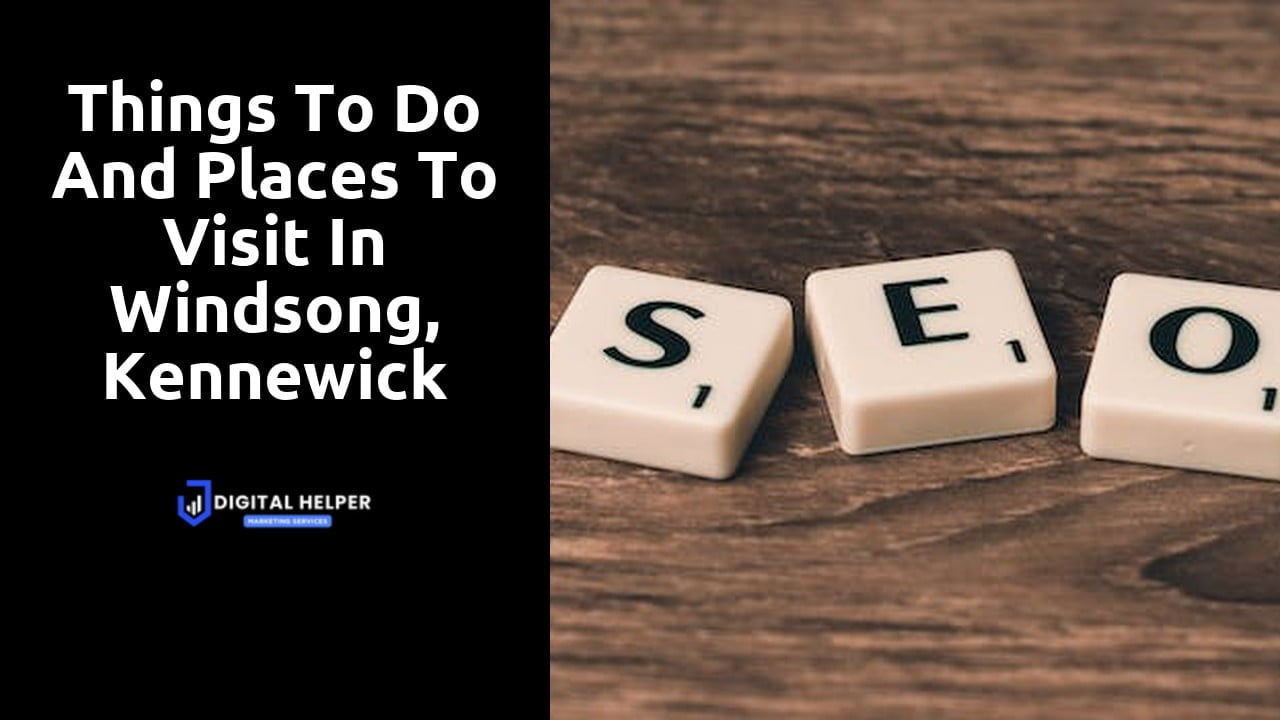Targeted Marketing Strategy
Targeted Marketing Strategy
In today’s competitive business landscape, having a targeted marketing strategy is crucial for the success of any organization. By focusing on specific demographics, interests, and behaviors, businesses can effectively reach their target audience and drive conversions. In this article, we will discuss the importance of a targeted marketing strategy and provide tips on how to create one that yields results.
Why Targeted Marketing Is Important
Targeted marketing is essential for businesses to achieve success in today’s competitive market. Here are some key reasons why a targeted marketing strategy is crucial:
Higher Conversion Rates: By targeting specific audience segments, businesses can tailor their messaging and offers to resonate with their target market, leading to higher conversion rates. This personalized approach increases the likelihood of turning leads into customers.
Cost-Effectiveness: Targeted marketing allows businesses to allocate their resources more efficiently by focusing on the most promising leads. This reduces wasted efforts and costs associated with broad, unfocused marketing campaigns.
Improved ROI: When businesses reach the right audience with the right message, they are more likely to see a higher return on investment from their marketing efforts. This targeted approach ensures that resources are spent wisely and effectively.
Better Customer Relationships: Targeted marketing enables businesses to build stronger relationships with their customers by providing personalized experiences and relevant content. This helps to foster loyalty and trust, leading to long-term customer retention.
How to Create a Targeted Marketing Strategy
Creating a targeted marketing strategy requires careful planning and execution. Here are some steps to help you develop an effective strategy:
Identify Your Target Audience: The first step in creating a targeted marketing strategy is to clearly define your target audience. Consider factors such as demographics, interests, behaviors, and pain points to create detailed buyer personas. This will help you understand who your ideal customers are and how to reach them effectively.
Research Your Audience: Conduct market research to gain insights into your target audience’s preferences, challenges, and buying behaviors. Use tools like surveys, focus groups, and social media analytics to gather data. This research will provide valuable insights that will inform your marketing strategy.
Segment Your Audience: Once you have identified your target audience, segment them into smaller groups based on shared characteristics. This will allow you to tailor your marketing messages to resonate with each segment. By understanding the unique needs and preferences of each segment, you can create more targeted and effective marketing campaigns.
Personalize Your Messaging: Use the data gathered from your research to personalize your marketing messages. Tailor your content, offers, and promotions to address the specific needs and interests of each audience segment. Personalization is key to engaging your audience and driving conversions.
Choose the Right Channels: Select the most effective marketing channels to reach your target audience. Consider factors such as where your audience spends their time online, their preferred communication channels, and industry trends. By choosing the right channels, you can ensure that your marketing messages reach the right people at the right time.
Track and Analyze Results: Monitor the performance of your targeted marketing campaigns and analyze the results to identify areas for improvement. Use analytics tools to track key metrics such as conversion rates, click-through rates, and ROI. By analyzing the data, you can gain valuable insights that will help you optimize your marketing strategy.
Optimize Your Strategy: Continuously optimize your targeted marketing strategy based on the insights gained from tracking and analyzing results. Experiment with different messaging, channels, and offers to see what resonates best with your audience. By testing and refining your approach, you can ensure that your marketing efforts are as effective as possible.
By following these steps and implementing a targeted marketing strategy, businesses can effectively reach their target audience, drive conversions, and build stronger customer relationships. Targeted marketing is a powerful tool that can help businesses stand out in a crowded market and achieve their marketing goals.
Targeted Marketing Strategy FAQ
1. Why is targeted marketing important?
- Targeted marketing is important because it leads to higher conversion rates, cost-effectiveness, improved ROI, and better customer relationships.
2. How can I create a targeted marketing strategy?
- To create a targeted marketing strategy, you should identify your target audience, research their preferences, behaviors, and challenges, segment them into smaller groups, personalize your messaging, choose the right channels, and track and analyze results.
3. What are the benefits of targeting specific audience segments?
- Targeting specific audience segments allows businesses to tailor their messaging and offers to resonate with their target market, leading to higher conversion rates and improved ROI.
4. How can targeted marketing help build better customer relationships?
- Targeted marketing enables businesses to build stronger relationships with their customers by providing personalized experiences and relevant content based on their specific needs and interests.




